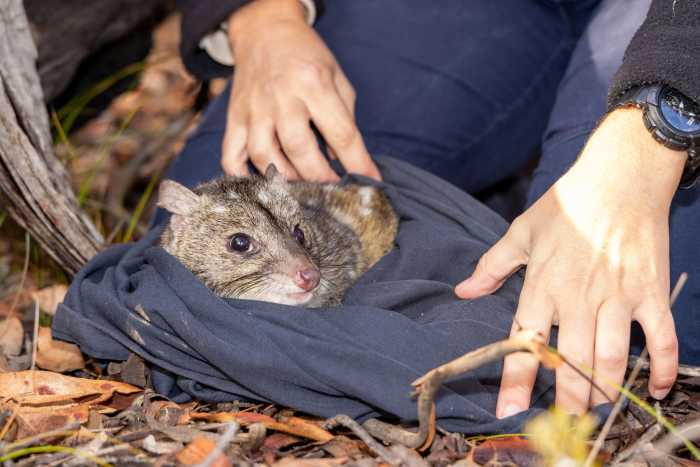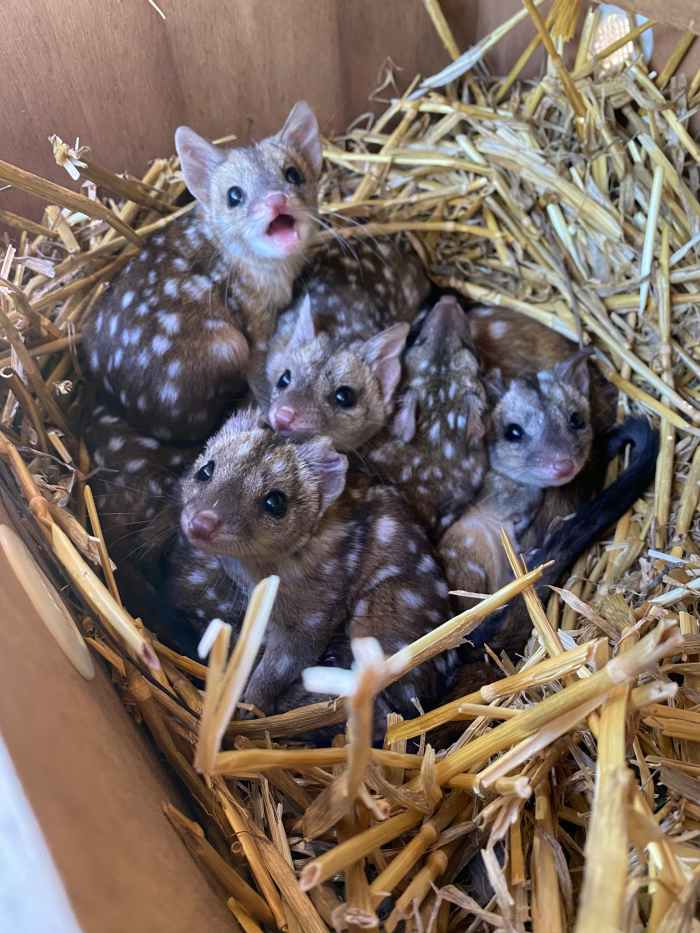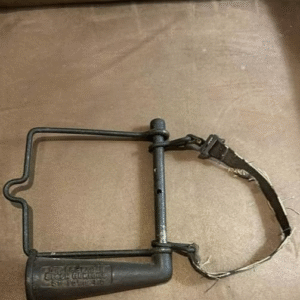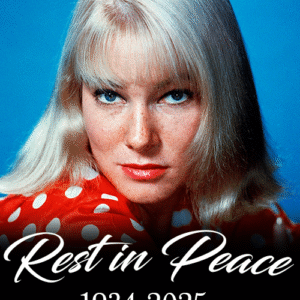First Baby Western Quolls Born at Mt. Gibson Sanctuary
In an exciting breakthrough for wildlife conservation, ecologists at Mt. Gibson Wildlife Sanctuary in Australia recently celebrated a remarkable event: the first-ever birth of baby western quolls at the sanctuary. During a routine survey, researchers spotted several female quolls carrying tiny, wriggling infants in their pouches.

Meet the Western Quoll
Western quolls, also known as chuditch, are fascinating marsupials roughly the size of a domestic cat. These creatures play a vital role in their ecosystems by controlling populations of small invertebrates, reptiles, and birds. However, their numbers have sharply declined in recent years.
According to the Australian Wildlife Conservancy (AWC), western quolls once thrived across the Australian mainland. Since European settlement, their range has drastically shrunk. Today, they mostly inhabit the south-western corner of Western Australia, with populations scattered and patchy.
Conservation Efforts Pay Off
Human activity and habitat loss have threatened these marsupials, prompting conservationists to reintroduce them into former habitats. The recent births at Mt. Gibson mark a hopeful milestone.
“After the reintroduction efforts, it’s heartening to see that the quolls are not just surviving but thriving,” said Georgina Anderson, senior field ecologist at AWC. “Monitoring shows they are adapting successfully, and the sighting of pouch young marks a major achievement for the sanctuary.”

Expanding Populations
To strengthen the species, conservationists transport western quolls across Australia, aiming to build sustainable and diverse populations. This month’s transfer represents another key step toward ensuring the quolls not only survive but flourish in the wild.
“We are absolutely delighted to witness the western quoll population at Mt. Gibson flourish,” Anderson added. “These successful births give us optimism for the species’ future.”
Restoring Ecosystem Balance
The reintroduction of western quolls is part of a broader strategy to restore Australia’s unique ecosystems. With continued support and careful monitoring, conservationists hope these animals can reclaim more of their original habitats.

A Beacon of Hope
The birth of baby quolls comes at a critical time, as habitat destruction and climate change threaten numerous species. These tiny marsupials symbolize hope and the power of dedicated conservation efforts.
For wildlife enthusiasts, this news highlights the importance of community involvement. Volunteering, donating, or spreading awareness can all help safeguard Australia’s native species.
The successful birth of quoll infants at Mt. Gibson underscores the resilience of nature and the positive impact humans can have when conservation is approached with care and commitment.





